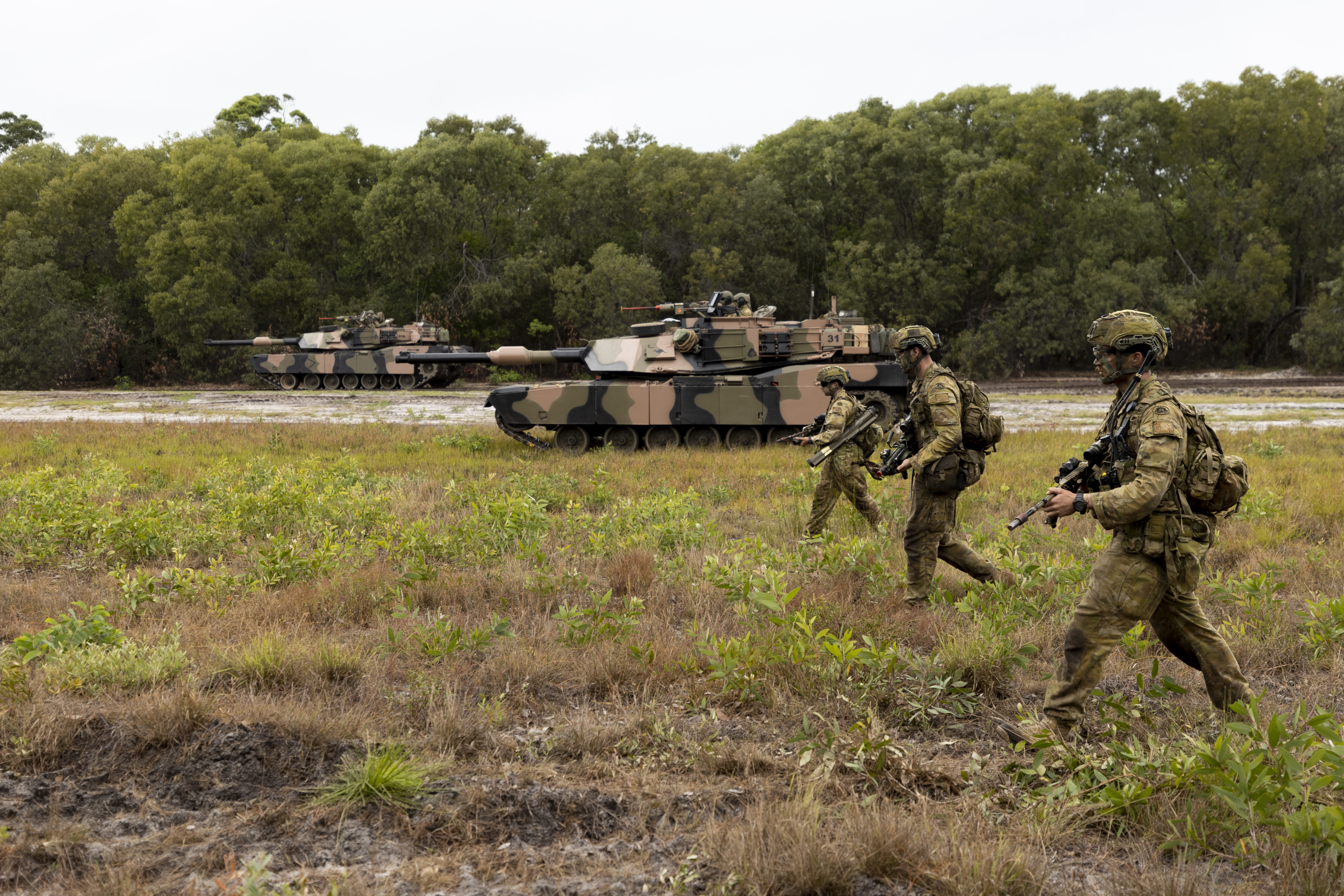The way in which Army conducts land based distribution in the future operating environment is under review by the Army Logistic Training Centre - Employment Category and Training Design Group. Advances in technology and introduction into the service of new equipment provides the opportunity for commanders at all levels to explore internal and external influences in order to provide a more streamlined approach to the logistics continuum.
This article is limited in that it does not exploit future influences; it discusses current practices based on personal experience.
There is an old saying, children should be seen and not heard, and the concept of silent logistics is loosely based around this theory. Providing logistic support in barracks, on exercises or during operations should be conducted so to speak under the radar, silently, without interruption to the overall mission. In my opinion, training and education is the key to success in achieving silent logistics.
Training and Education
It is so often said, you’re a soldier first, trades person second; hence the reason training is heavily focused on foundation warfighting. For an infantry soldier this means they continue to train to perfect their skills. However, the logistics continuum is continuous, leaving little time for logisticians to train - to master their individual and collective skill sets.
More emphasis needs to be placed on developing the logistician not only in their individual trade skills but in their all Corps skills. Understanding the force structure and capability provides logisticians the ability to pre-empt the logistic requirements outside classes of supply one, three and five. The opposite could be said for developing the infantry soldier, understanding the basics of logistics, how it works and why it takes time to procure equipment will ensure consideration is given to the logistics constraints when planning future activities.
Professional military education (PME) is conducted throughout Army on a regular basis. It covers a wide range of topics to educate the individual, and benefits the collective team. An excellent resource for these educational sessions is the Cove website. The Cove provides suggested topics for PME and links to a number of useful podcasts/blogs like the ‘Logistics in War' blog (an academic forum that discusses military logistics). Another useful feature of the Cove is the Soldiers' Fives page, which provides a range of short videos focussed on all Corps skills. It would be beneficial if logisticians either invested in such a website or provided content for this page. Providing guidance for soldiers on repetitive administration/logistical issues through Soldiers Five videos would free up valuable time and reduce the need for numerous conversations, resubmits and follow up emails.

Corporate Knowledge
Eight months ago I took up the role of logistics warrant officer. To say I have learnt a lot is an understatement. Individually and collectively we build on our corporate knowledge; it is built and then it is lost every posting cycle. Despite unit tempo, time constraints and lack of manning, it is essential that processes are captured and handover/takeover notes are compiled in order to avoid loss of productivity and alleviate frustrations by repeating mistakes that should otherwise been addressed through the capture of lessons learnt.
Planning
Logistics in the Australian Defence Force is broadly defined as ‘the science of planning, and the carrying out of the movement and maintenance of forces’ (LWP 4-0 Logistics 2018). in order to plan effectively, tacticians and logisticians at all levels of command need to have a mutual understanding of both the tactical and logistic constraints relating to the overall operating environment.
Logisticians thrive on an initial, mid and final planning conference for all given activities. It is during these conferences that vital information is disseminated, clear direction is given and expectations are managed. When future planning is conducted in isolation, crucial information is lost in the assumption that all call signs are aware of the commander’s intent. Decisions are often made without advice from subject matter experts, placing stress on the logistic continuum which results inherent risk to the overall mission.
The timeframe of handover/takeovers from future plans to current operations is often dictated by logistic lead times. In most instances future planning and current operations are concurrent. It is imperative that commanders at all levels have baseline understanding of the policies and procedures that govern land based distribution.
Systems/Policy
Current systems are restricted by policy. The issue with policy is that it is often ambiguous and antiquated, particularly with regards to the introduction into service of equipment and advances in technology. No single entity can be expected to be abreast of all the changes, therefore it is vital that the lines of communication remain open to avoid loss in productivity.
Corporate Governance
Corporate Governance is unyielding, but a necessary evil that enables a commander to fully understand capability shortfalls. It is how we manage our time, fulfilling governance requirements that need to be addressed. Maintenance weeks assist in playing catch up; however, to avoid reactiveness, focus requires realignment to the mundane tasks on a more regular basis. Maintenance conducted on a regular basis requires less and less mandated hours, enabling more time for modernisation exploration, training and education.
Conclusion
Silent logistics as a concept is yet to be fully explored. The demands of a readying battalion allows little time for reflection let alone exploration into the future operating environment. That being said, addressing training and educational shortfalls, conducting deliberate planning, reviewing current policy and procedures, as well as realigning focus on the mundane corporate governance tasks, will see a reduction in mandated hours. With more time, logisticians will be able to work in a more proactive manner rather than continually reacting to short notice demands. This is, in my opinion, a necessary step in achieving silent logistics.









